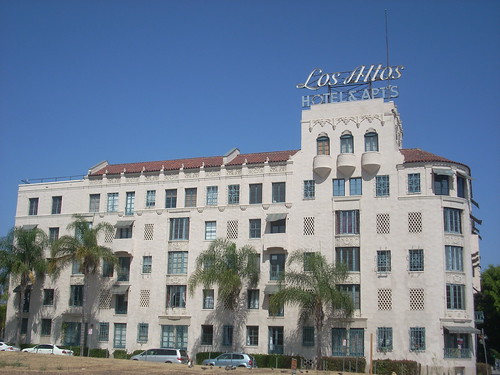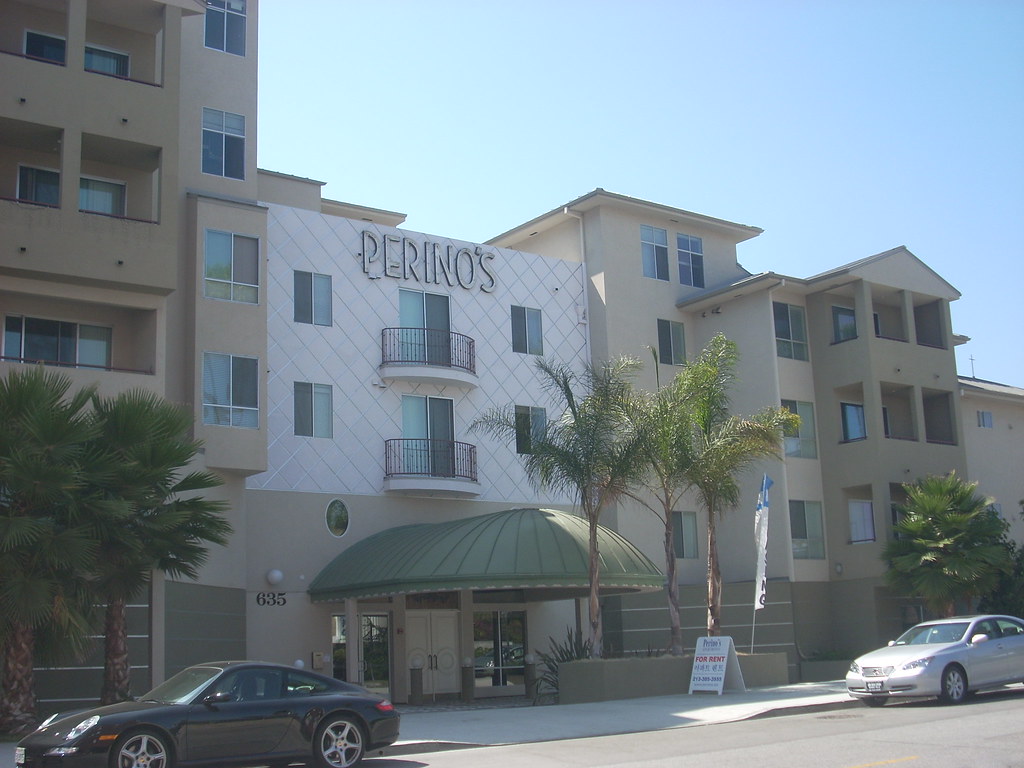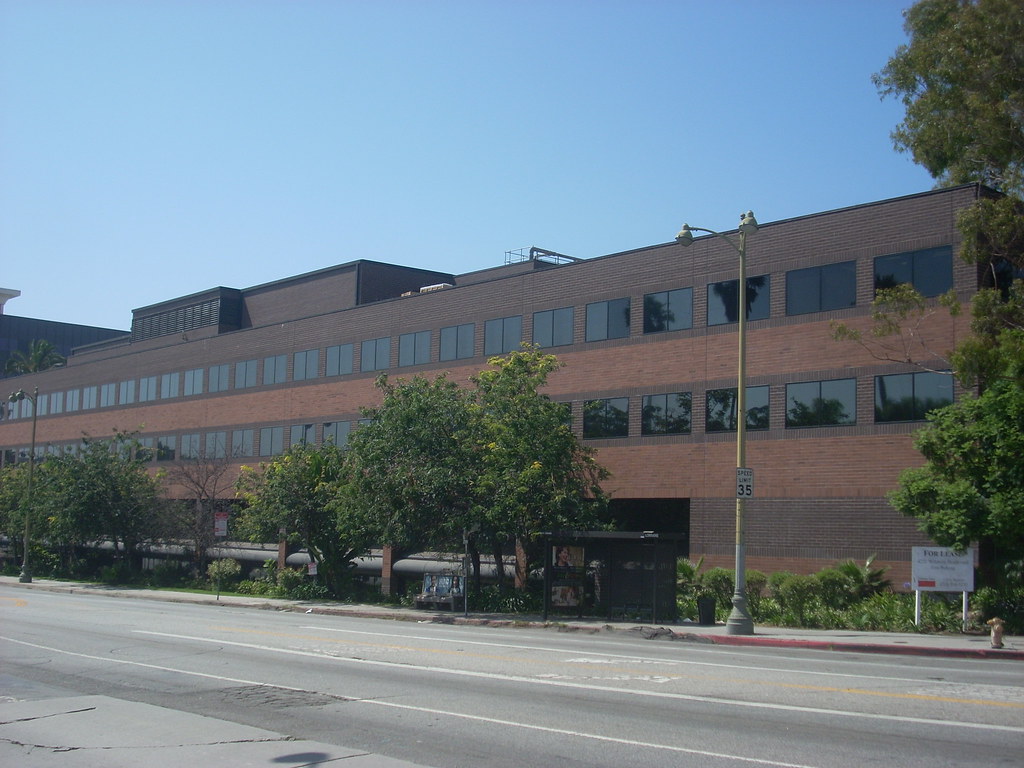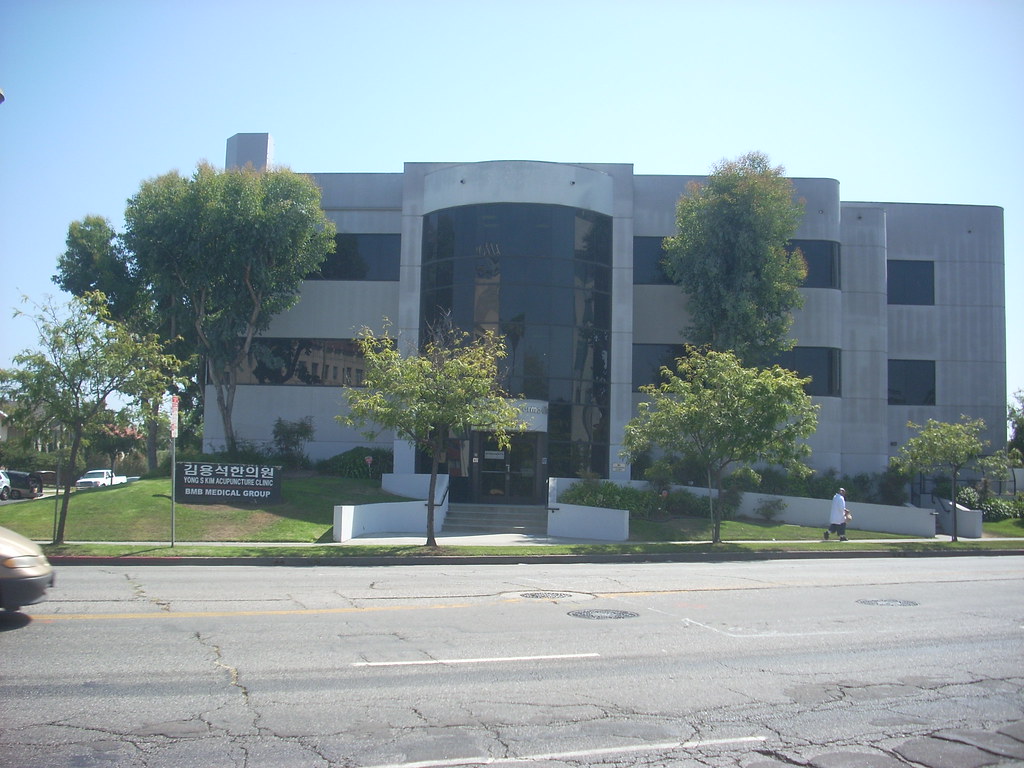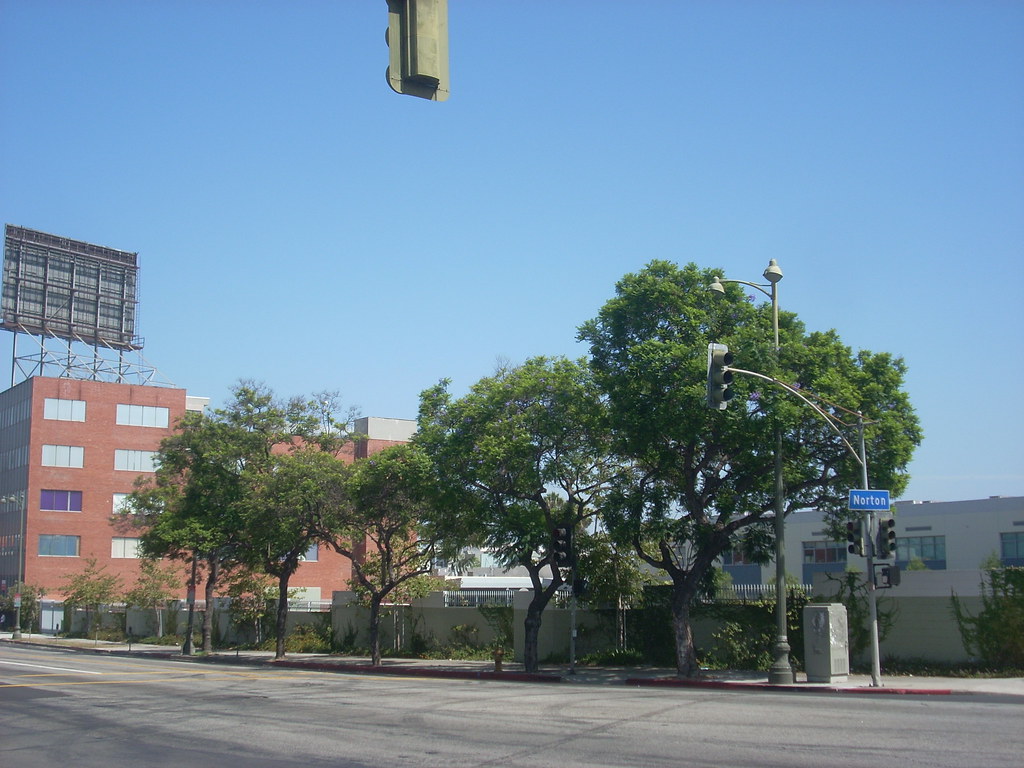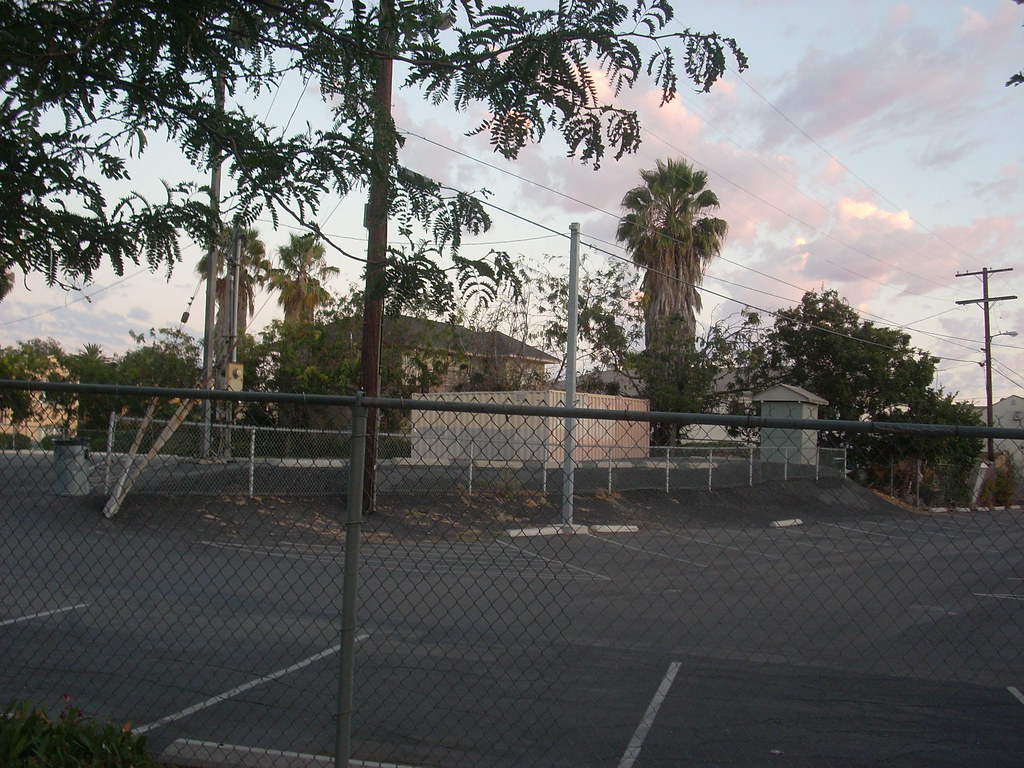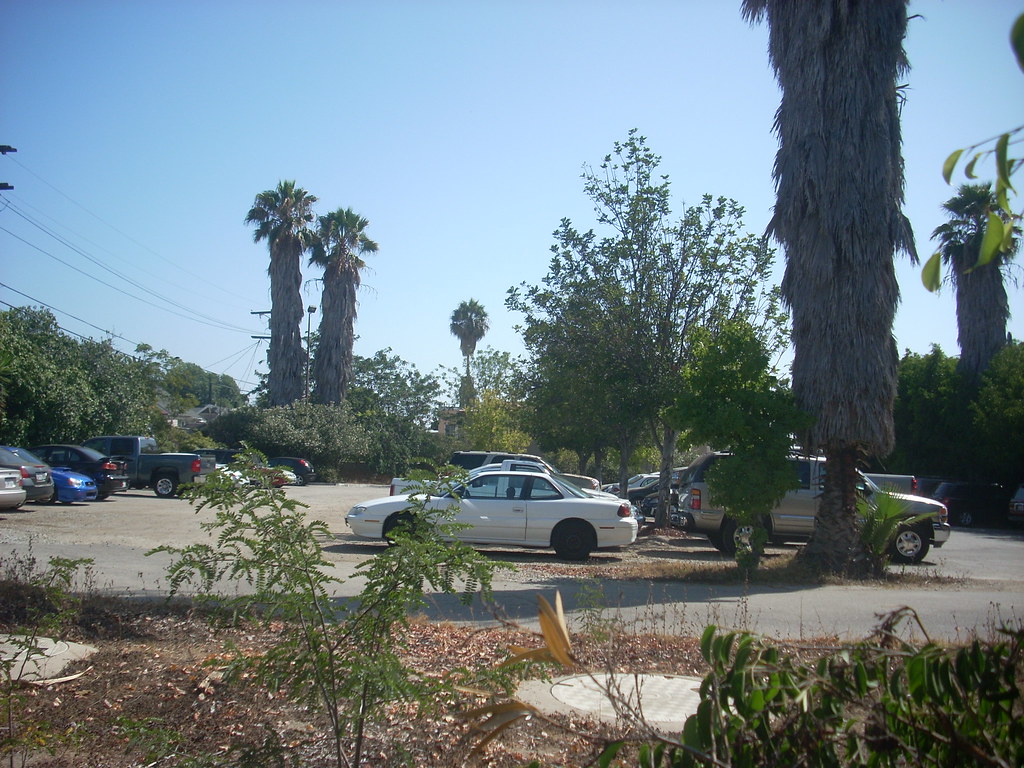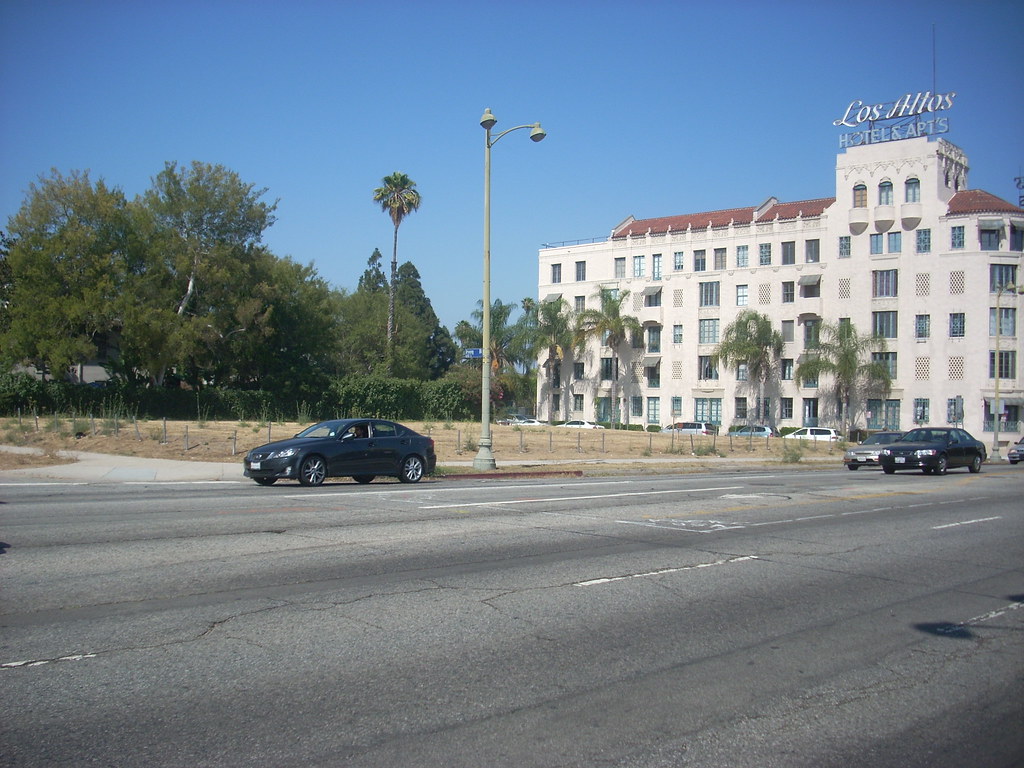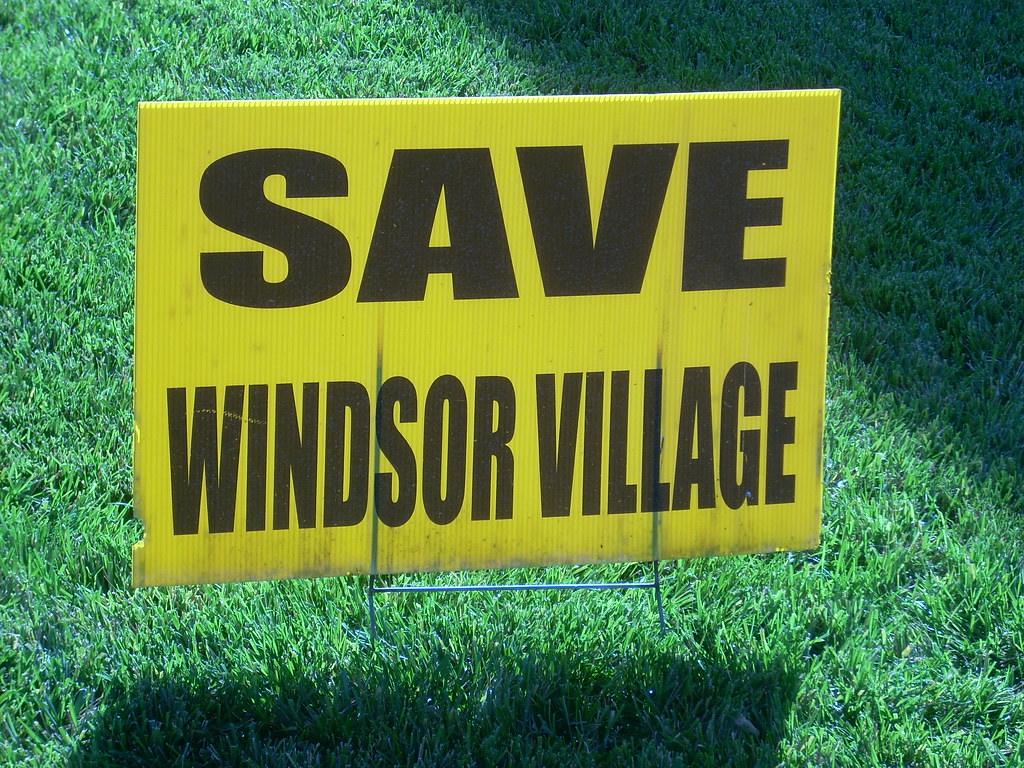L.A. mayor wants to speed up work on Subway to the Sea -- latimes.com

L.A. mayor wants to speed up work on Subway to the Sea
Villaraigosa and other elected officials urge local governments to put aside differences and work to get stimulus funds to expedite the project. Completion is scheduled for 2036.
By Dan Weikel
August 21, 2009
As workers finished exploratory drilling Thursday for the planned Westside subway extension, Los Angeles Mayor Antonio Villaraigosa and other elected officials said they want to speed up construction of the $4.1-billion transit project, which has been scheduled for completion in 2036.
An outspoken advocate for the so-called Subway to the Sea, the mayor has long been frustrated by the project's timetable, and that was evident again when he and other officials gathered for a news conference in a UCLA parking lot. There, final soil samples had been drawn for a route that would follow Wilshire Boulevard from downtown Los Angeles to Westwood.
"I'm 56 now," said the mayor, who would be 83 if the extension were completed under the current schedule. "We are here today to make sure that it gets built before I'm 66."
Villaraigosa was joined by Los Angeles County Supervisor Zev Yaroslavsky, Los Angeles Councilmen Bill Rosendahl and Paul Koretz, Santa Monica Councilwoman Pam O'Connor and Glendale Councilman Ara Najarian, the chairman of the Los Angeles County Metropolitan Transportation Authority Board of Directors.
They urged local governments to put aside their differences over planned transportation projects and launch a coordinated effort to secure enough federal stimulus dollars and matching funds to expedite the subway extension as well as other much-anticipated projects to be financed by Measure R, the county's new transportation sales tax.
Those include the Expo Line light-rail route from downtown to Santa Monica with a completion date in 2015, the Gold Line's Foothill extension to perhaps Azusa by 2017 and a downtown light-rail line to connect the Blue, Gold and Expo lines by 2025.
"We need a unified approach to get federal money. We need to bring the MTA board together," Najarian said. "If it all comes together, we will be a force to be reckoned with. We will be able to advance all our projects."
Officials said the subway extension deserves to be given a priority because it would serve one of the most heavily populated areas of Los Angeles and help relieve traffic on some of the region's busiest streets and highways, such as Wilshire Boulevard and the 10 and 405 freeways. MTA officials predict that the subway will generate 75,000 to 116,000 boardings a day shortly after it opens.
Should the project receive adequate federal assistance, Villaraigosa predicted that the subway to the Westside could be finished in 10 years, or about 17 years ahead of the current timetable.
The MTA is considering several alignments that would extend the subway from the Wilshire-Western station to Westwood with additional routes into Santa Monica and West Hollywood.
The estimated cost of the line is $4.1 billion if built to Westwood, $6.1 billion if built to Santa Monica and $9 billion if the project includes routes to West Hollywood and Santa Monica. Selecting a preferred alignment is set for next year.
Part of the money for the subway will come from Measure R, which is expected to generate up to $40 billion during the next 30 years.
dan.weikel@latimes.com
Copyright © 2009, The Los Angeles Times

























